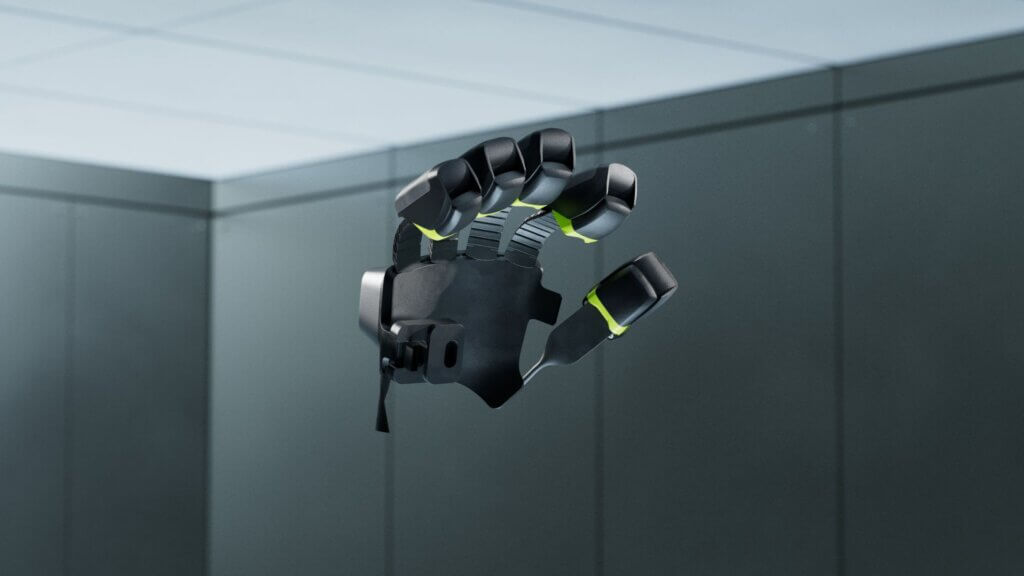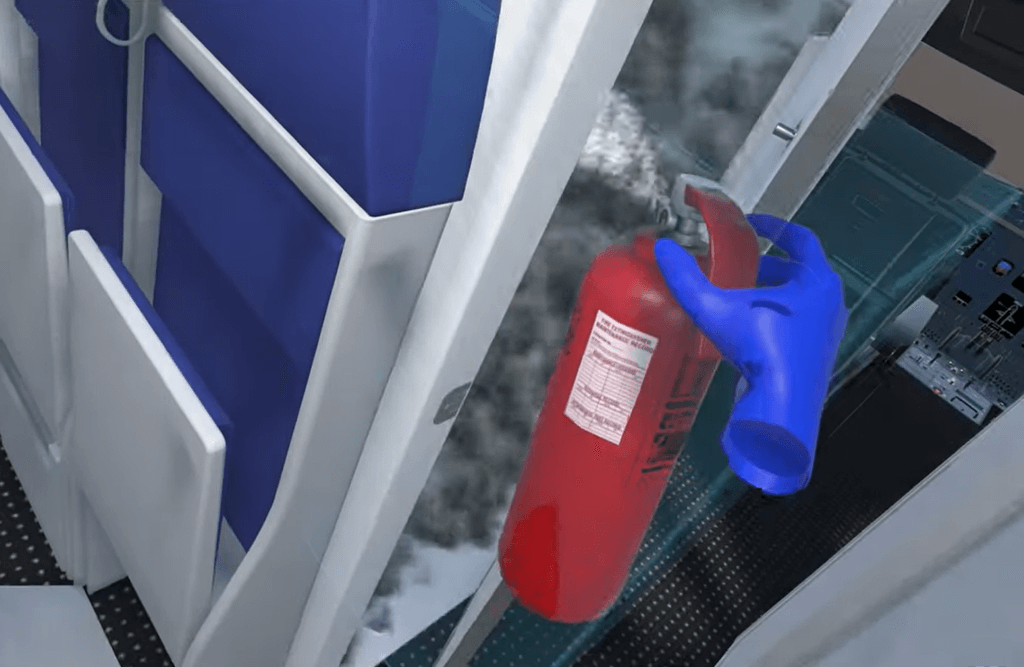Adding warmth and cold:
why thermal feedback completes haptics in XR
At WEART, we believe that immersion in VR and AR goes far beyond what we see and hear. To feel truly present in a digital environment, our sense of touch must be engaged in a way that is rich and realistic. Together with texture and force feedback, thermal feedback plays a unique role in this immersion. The sensation of warmth or coldness instantly shapes how we perceive materials, environments and interactions. Without it, digital experiences can feel incomplete.
The role of touch in immersion
The sense of touch is fundamental to how we perceive and interact with the world. In everyday life, we don’t just rely on sight to understand objects: we feel their texture, weight, resistance and temperature. Without these subtle cues, digital interactions risk feeling artificial and detached from reality. And thermal information is a core part of touch: a cold metal surface immediately tells us something different than a warm wooden one.
Why thermal feedback is essential
Thermal sensations are not just an addition: they are a key element of immersion. Here’s why they matter:
- Authenticity of materials: Thermal feedback allows users to distinguish between materials that may look similar but feel very different-like glass, stone, or wood-by replicating their real-world thermal properties.
- Emotional and contextual depth: Temperature conveys atmosphere and emotion. Feeling the warmth of a campfire, the chill of snow, or the heat of a sunlit surface makes virtual experiences more engaging and believable.
- Intuitive interaction: In real life, we instinctively use temperature to make decisions, such as avoiding hot objects or recognizing when something is too cold to hold. Bringing this dimension into XR makes interactions more natural and intuitive.
- Multimodal synergy: When combined with tactile textures and force feedback, thermal cues create a multisensory richness that bridges the gap between the digital and physical worlds.

Building a more immersive future
With our TouchDIVER Pro haptic gloves, we are pushing the boundaries of what extended reality can feel like. By combining tactile detail, force feedback and dynamic thermal feedback, we enable users to truly touch and feel digital worlds.
As XR technologies evolve, thermal feedback will play a pivotal role in shaping immersive experiences that are not only interactive but also deeply human.


